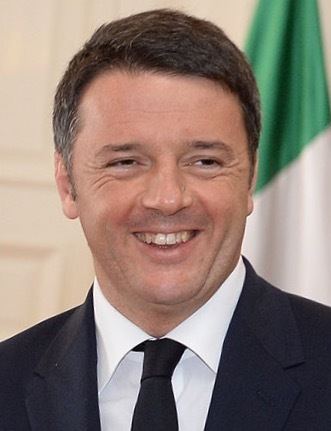8 December 2013 2017 → 194 149 510,970 399,473 | 657 194 1,895,332 510,970 67.6% 18.2% | |
 | ||
The 2013 Democratic Party leadership election was an open primary election held in November–December 2013. After having come first in the vote by party members, Matteo Renzi was elected by a landslide 68% in a three-way primary on 8 December.
Contents
Electoral process
Candidates were required to file their candidacies by 11 October 2013.
Between 14 October and 6 November local and provincial conventions took place all around the country. Between 7 and 17 November party members voted on the candidates for secretary. Under party rules the candidates who receive the support of at least the 15% of voting party members in local conventions or the three most voted candidates with at least 5% of the vote, qualify for the second round of the race and have the chance to present their platform at the national convention.
The national convention, which took place on 24–25 November, declared the candidates who will run in an open primary on 8 December. Voters will elect also the national assembly of the party and the regional secretaries and assemblies. If no candidate got more than 50% of the vote, a run-off between the two most voted candidates would take place in the national assembly, scheduled within two weeks from the primary election.
Candidates
Four individuals filed their candidacy for becoming secretary of the party:
Vote by party members
Source: Official results
Renzi, Cuperlo and Civati were admitted to the primary election, while Pittella was excluded.
Primary election
Source: Semi-official results
Results by Regions
Renzi won an absolute majority in all regions. Only among voters living abroad he won merely a plurality (47.1%). His strongest performances were in his homeregion Tuscany (78.4%) and neighbouring Marche (76.3%) and Umbria (74.5%), the weakest in Sardinia (56.0%). Cuperlo performed strongest in the southern regions of Calabria (34.2%) and Basilicata (33.7%), and weakest in Marche (10.7%). Civati had his strongest results among expatriates (22.3%), in Aosta Valley (20.7%), Trentino (20.5%) and Sardinia (19.6%), the weakest in the southern region of Basilicata (8.0%).
Generally speaking, Renzi and Civati did better in central–northern Italy, Cuperlo in the South.
